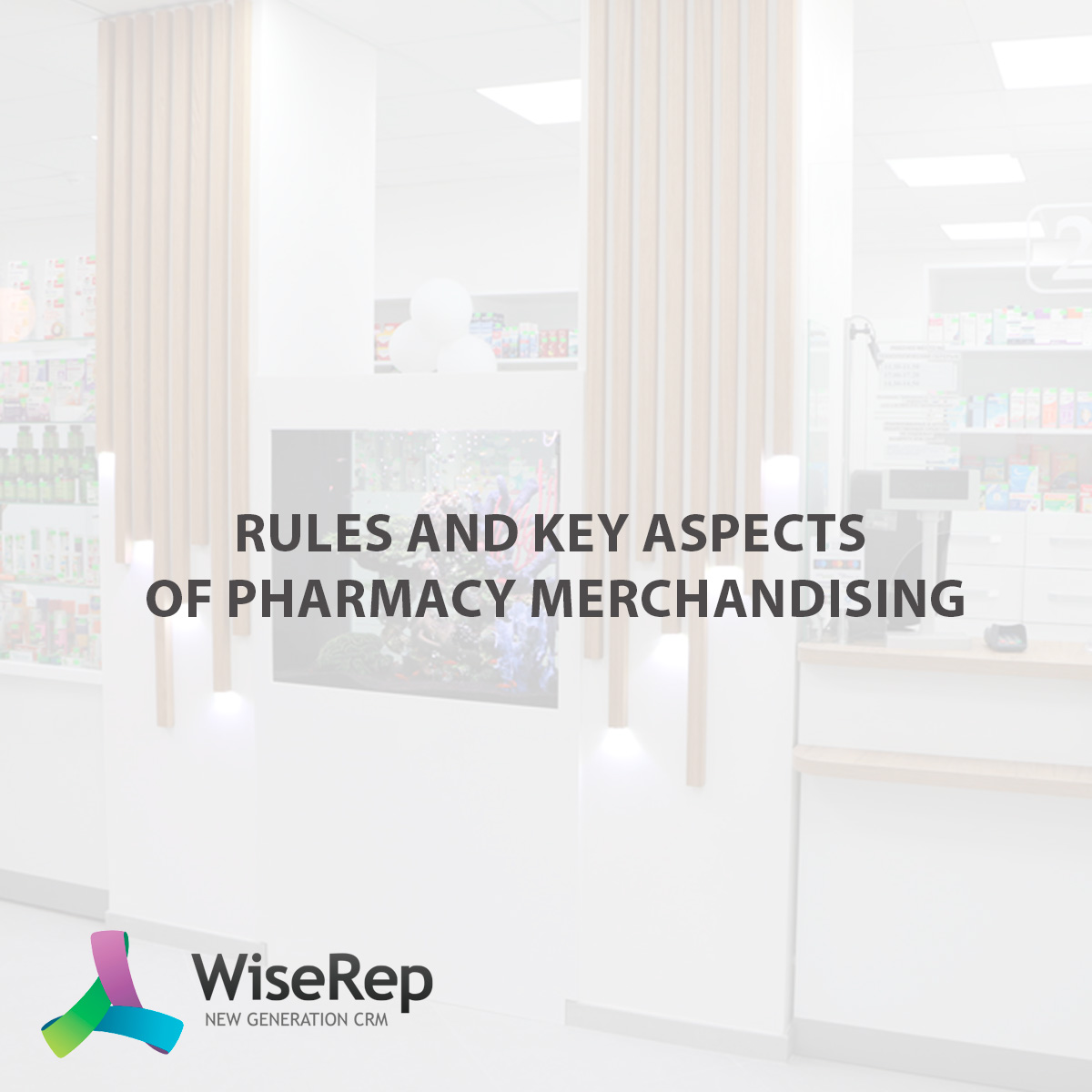Merchandising in a pharmacy plays a key role in increasing sales and improving brand perception. Unlike other retail outlets, pharmacies have unique characteristics that need to be considered when organizing products.
Here are some basic rules of pharmacy merchandising:
- Planogram Layout: Merchandisers must follow planograms that specify the placement of products, the number of SKUs, facings, and packaging sizes.
- Category Navigation: Clear categorization with appropriate signage makes it easier for customers to find products. For example, separate areas for "Homeopathy," "Facial Skincare," and so on.
- Attraction by Contrast: Using bright color combinations helps attract customers' attention and stimulate purchases.
- Golden Shelf Rule: Products that generate the most profit should be placed at eye level to increase their purchase rate.
- Impulse Purchase Zone: Special attention is given to shelves near the checkout and stands in the aisles where customers often make spontaneous purchases.
- Customer Behavior Analysis: Understanding how customers interact with products in the pharmacy can help optimize product placement and increase sales.
- Space Zoning: Effective zoning helps customers easily navigate the pharmacy space and find the necessary products.
- Emotional Merchandising: Creating an atmosphere that evokes positive emotions in customers can stimulate sales and increase customer loyalty.
These rules help create a pleasant atmosphere in the pharmacy, organize space on shelves and racks, and increase turnover and profits.
Merchandising in a pharmacy is extremely important as it directly affects sales, customer satisfaction, and the overall perception of the pharmacy. Here are some key aspects highlighting the importance of merchandising for the pharmaceutical sector:
- Increasing Sales: Effective merchandising can significantly boost sales, especially for products placed at eye level or in the impulse purchase zone.
- Improving Brand Perception: Neatly organized and well-presented products create a positive impression of the brand and can attract new customers.
- Enhancing Customer Satisfaction: Clear navigation and ease of finding necessary products make the shopping process more enjoyable and convenient for customers.
- Efficient Space Utilization: Proper zoning and product distribution help optimize the trading space of the pharmacy.
- Competitive Advantage: In a highly competitive environment, quality merchandising can be a decisive factor in a customer's choice of pharmacy.
- Assortment Analysis and Optimization: Merchandising helps analyze customer demand and preferences, allowing for the optimization of the assortment and stock levels.
- Stimulating Repeat Purchases: A pleasant atmosphere and shopping convenience encourage customers to return to the pharmacy.
